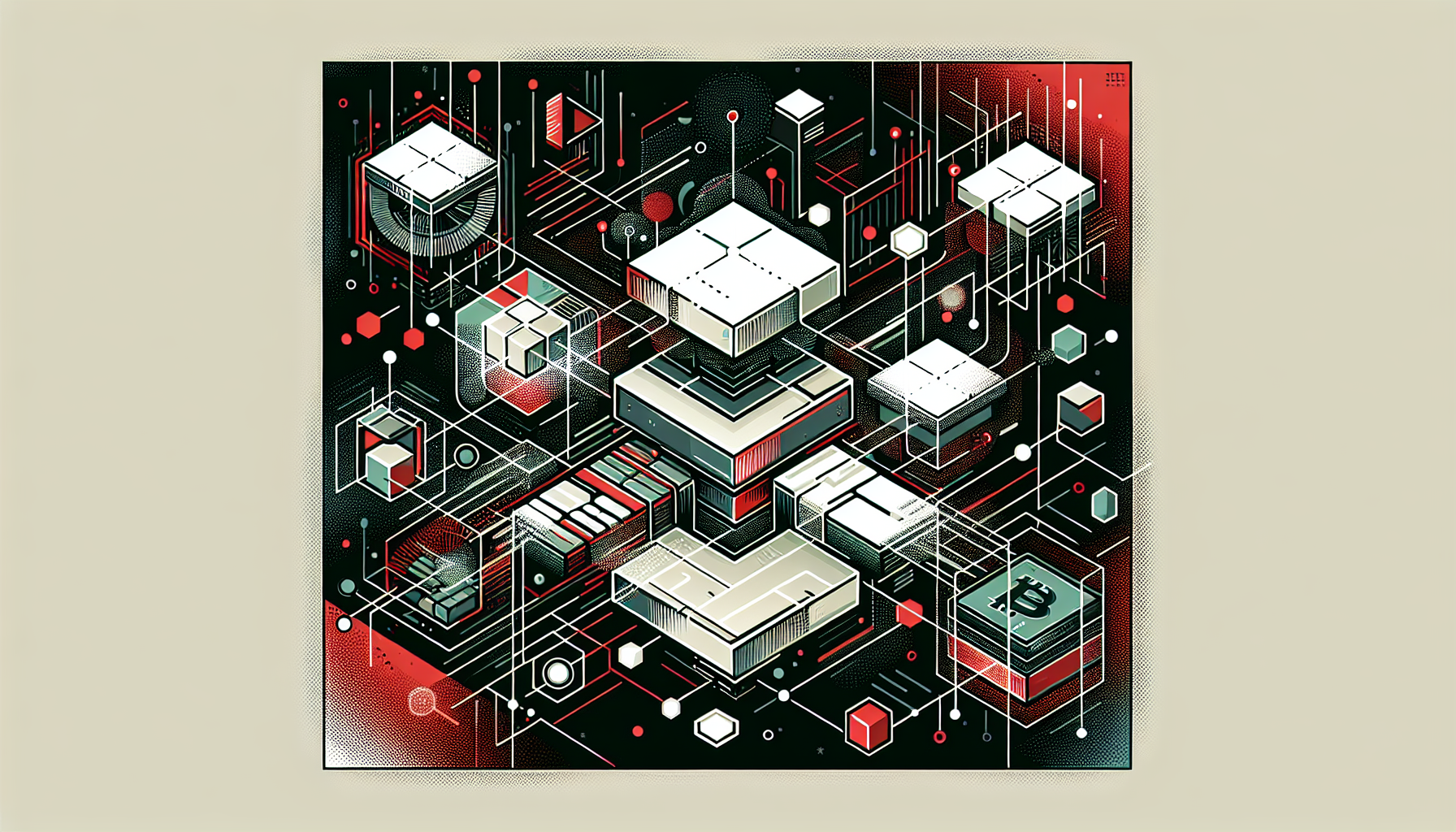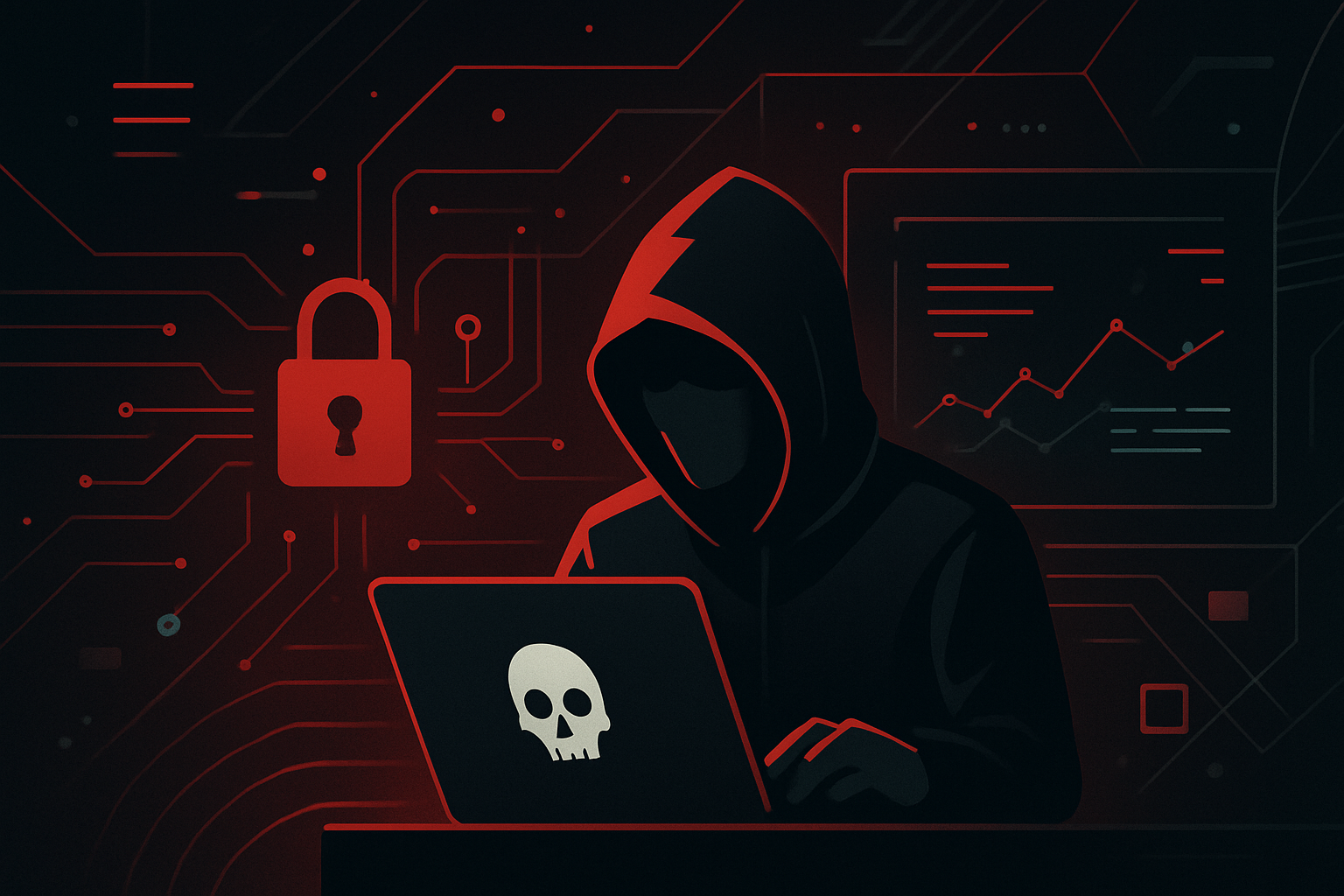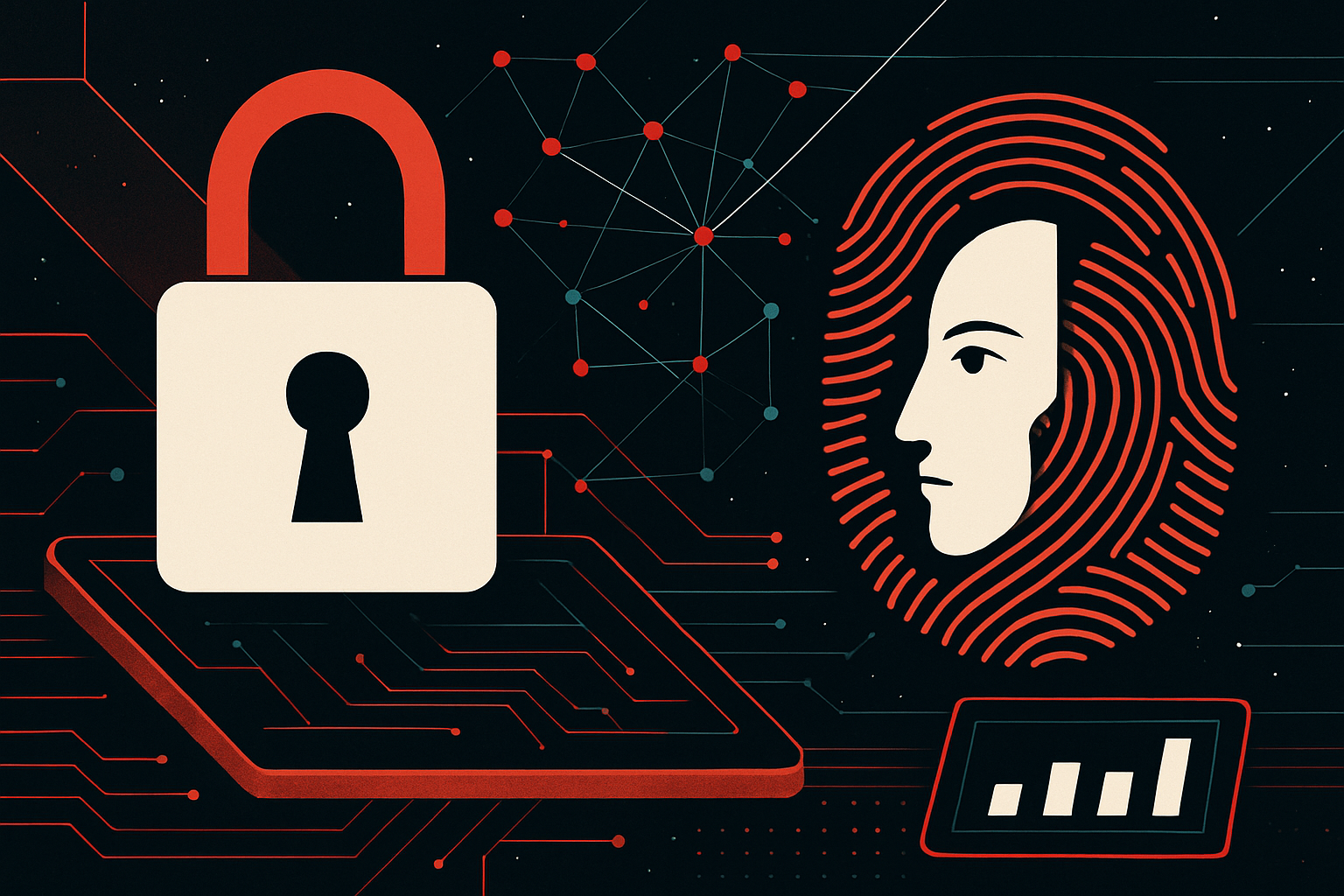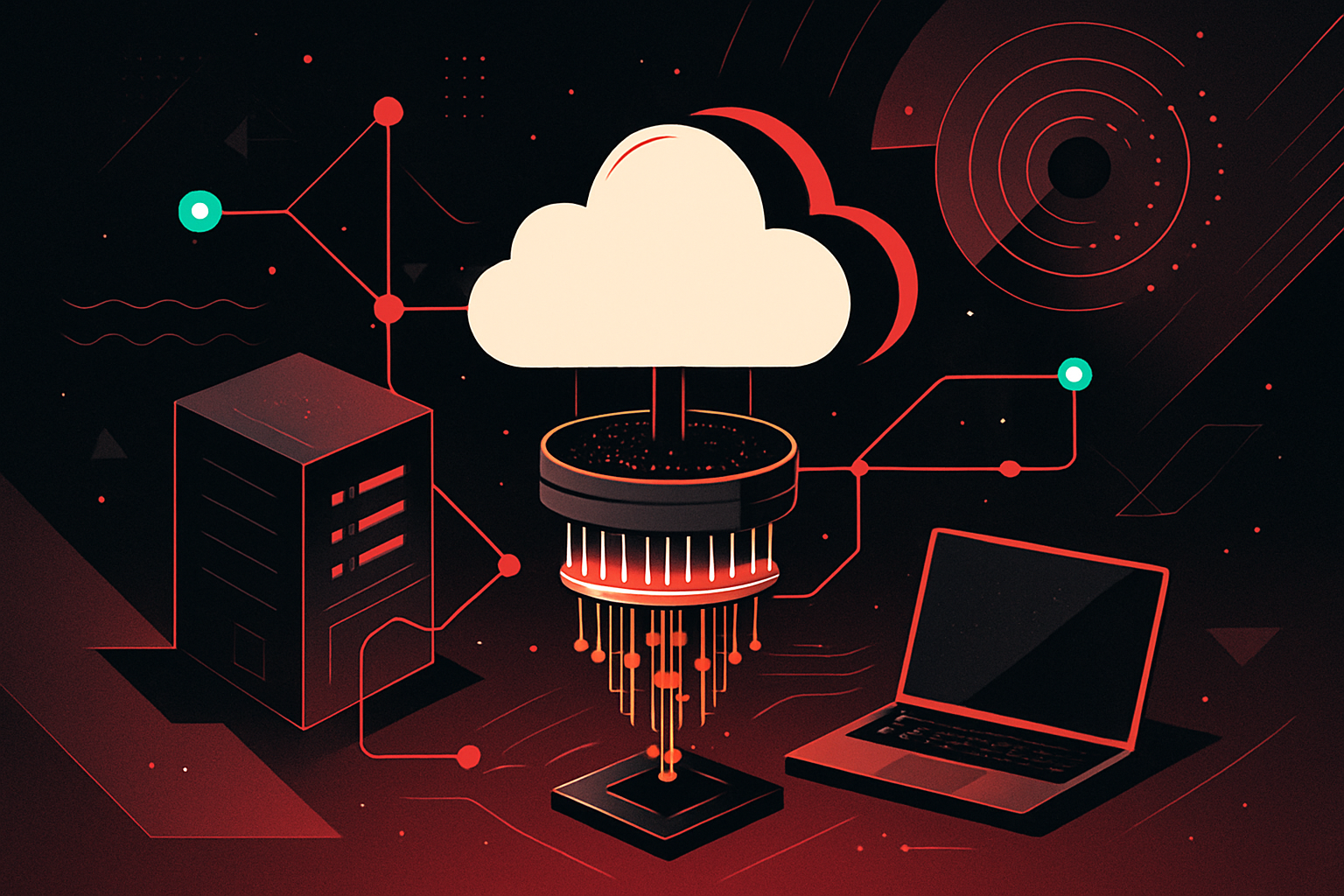The Role of Blockchain in Modern Software Development

The Role of Blockchain in Modern Software Development
Understanding Blockchain Technology
Blockchain technology is a decentralized digital ledger that records transactions across multiple computers. Its immutable and transparent nature makes it a reliable platform for various applications beyond cryptocurrencies. In modern software development, blockchain’s impact is profound, providing solutions for security, transparency, and decentralization.
Key Features of Blockchain in Software Development
- Decentralization: Blockchain eliminates the need for a central controlling authority, offering a distributed network architecture.
- Immutability: Once data is recorded, it cannot be altered, ensuring integrity and trustworthiness.
- Transparency: All participants have access to the same data, promoting accountability.
- Security: Cryptographic hashing ensures data protection against unauthorized access and tampering.
Practical Applications of Blockchain in Software Development
1. Smart Contracts
Smart contracts are self-executing contracts with the terms of the agreement directly written into code. They automatically enforce and execute agreements without intermediaries.
Example Use Case:
– Supply Chain Management: Automate the verification and tracking of goods, ensuring compliance and reducing fraud.
Code Snippet: Solidity Smart Contract Example
pragma solidity ^0.8.0;
contract SimpleContract {
address public owner;
uint public value;
constructor(uint _value) {
owner = msg.sender;
value = _value;
}
function setValue(uint _value) public {
require(msg.sender == owner, "Only owner can set value");
value = _value;
}
function getValue() public view returns (uint) {
return value;
}
}
2. Decentralized Applications (DApps)
DApps run on a peer-to-peer network rather than a single server, providing resilience and censorship resistance.
Example Use Case:
– Finance DApps: Enable decentralized finance (DeFi) applications for lending, borrowing, and trading without traditional banks.
3. Data Management and Storage
Blockchain offers a secure and efficient way to store and manage data across distributed networks.
Example Use Case:
– Healthcare: Securely store patient records and enable authorized access by healthcare providers.
Comparison Table: Traditional vs. Blockchain Data Storage
| Feature | Traditional Storage | Blockchain Storage |
|---|---|---|
| Centralization | Centralized | Decentralized |
| Data Integrity | Vulnerable to Tamper | Immutable |
| Access Control | Centralized Control | Distributed Control |
| Transparency | Limited | High Transparency |
Technical Integration of Blockchain in Development
1. Blockchain Platforms
- Ethereum: Popular for smart contract development.
- Hyperledger Fabric: Permissioned blockchain suitable for enterprise solutions.
- Corda: Focuses on financial services and interoperable networks.
2. Development Tools
- Truffle Suite: A development framework for Ethereum, providing a testing environment and asset pipeline.
- Ganache: Local blockchain emulator for testing smart contracts.
- Remix IDE: Browser-based IDE for writing, testing, and deploying smart contracts.
3. Step-by-Step Integration Process
- Define Requirements:
-
Identify the need for blockchain in your application, such as enhancing security or enabling decentralization.
-
Select a Blockchain Platform:
-
Choose based on your application needs, considering factors like transaction speed, security, and community support.
-
Develop Smart Contracts:
-
Write and test smart contracts using Solidity or other relevant languages.
-
Implement DApps:
-
Use frameworks like Truffle to build and deploy your application on the blockchain.
-
Test Rigorously:
-
Ensure thorough testing on testnets to identify and rectify potential issues before mainnet deployment.
-
Deploy and Monitor:
- Deploy the application on the mainnet and monitor for performance and security.
Challenges and Considerations
1. Scalability
Blockchain networks can suffer from scalability issues due to their distributed nature. Solutions like sharding and layer-2 protocols are being explored to address these limitations.
2. Regulatory Compliance
Developers must navigate the complex regulatory landscape, ensuring compliance with data protection laws and financial regulations.
3. Security Risks
While blockchain is inherently secure, vulnerabilities in smart contracts can be exploited. Regular audits and employing best practices in coding are crucial.
Conclusion
Blockchain technology offers profound benefits in modern software development, providing enhanced security, transparency, and decentralization. By understanding its features and practical applications, developers can leverage blockchain to build innovative and robust solutions.





0 thoughts on “The Role of Blockchain in Modern Software Development”